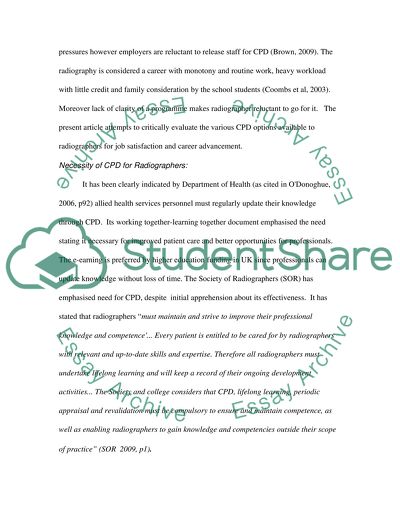Cite this document
(“An investigation of the support newly qualified radiographers receive Essay”, n.d.)
An investigation of the support newly qualified radiographers receive Essay. Retrieved from https://studentshare.org/miscellaneous/1515511-an-investigation-of-the-support-newly-qualified-radiographers-receive-towards-developing-their-cpd-continue-professional-development-in-united-kingdom
An investigation of the support newly qualified radiographers receive Essay. Retrieved from https://studentshare.org/miscellaneous/1515511-an-investigation-of-the-support-newly-qualified-radiographers-receive-towards-developing-their-cpd-continue-professional-development-in-united-kingdom
(An Investigation of the Support Newly Qualified Radiographers Receive Essay)
An Investigation of the Support Newly Qualified Radiographers Receive Essay. https://studentshare.org/miscellaneous/1515511-an-investigation-of-the-support-newly-qualified-radiographers-receive-towards-developing-their-cpd-continue-professional-development-in-united-kingdom.
An Investigation of the Support Newly Qualified Radiographers Receive Essay. https://studentshare.org/miscellaneous/1515511-an-investigation-of-the-support-newly-qualified-radiographers-receive-towards-developing-their-cpd-continue-professional-development-in-united-kingdom.
“An Investigation of the Support Newly Qualified Radiographers Receive Essay”, n.d. https://studentshare.org/miscellaneous/1515511-an-investigation-of-the-support-newly-qualified-radiographers-receive-towards-developing-their-cpd-continue-professional-development-in-united-kingdom.


